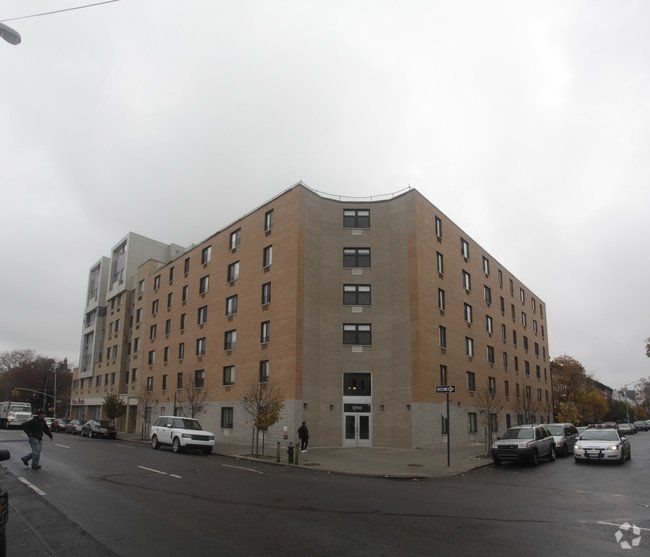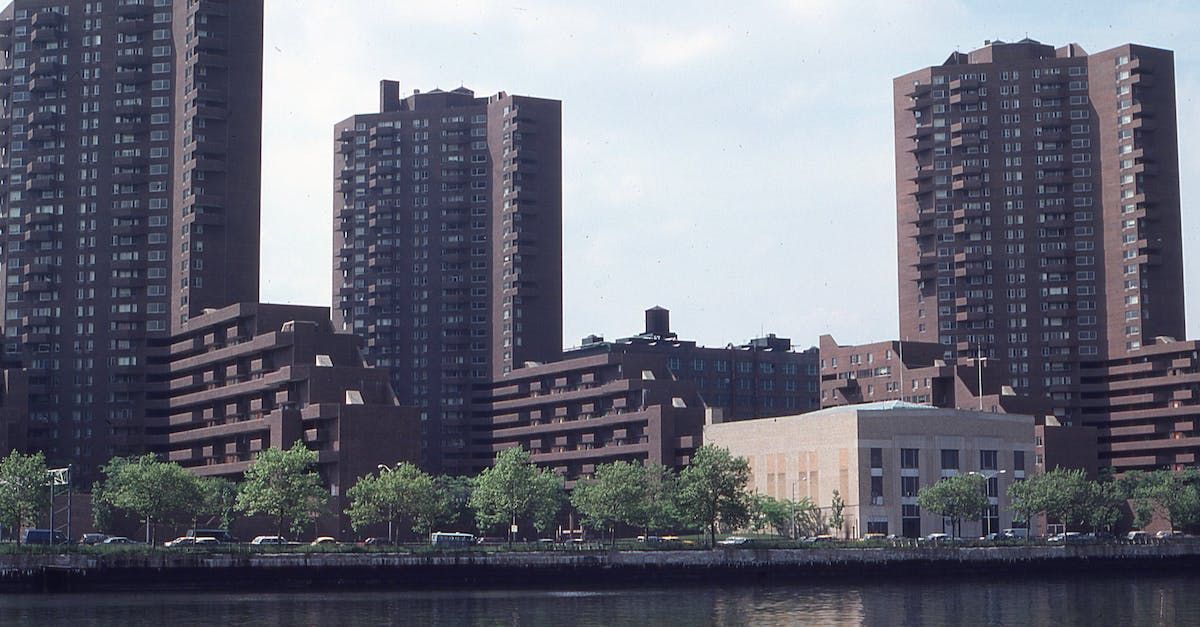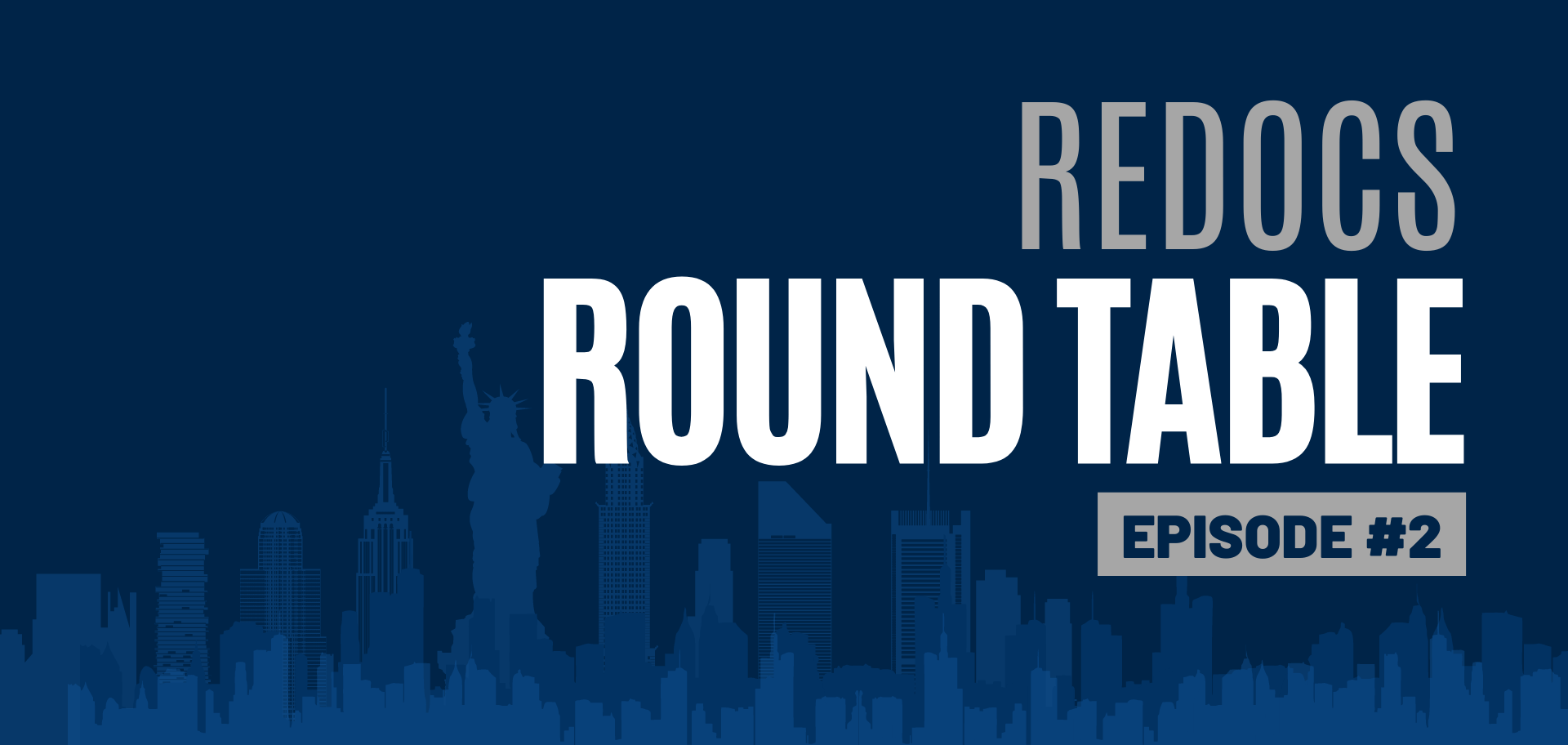Can I Self Certify Mold Violations?
Mark Balsam • May 29, 2020
When Can I and When Can't I Self Certify an HPD Mold Violation
An HPD mold violation cannot
be self addressed or self certified if both
of the following conditions exist:
- Class B or Class C Violation(Class B is mold > 10 sf and Class C is mold > 30 sf)
- Building is ten (10) units or more.
In this scenario, the building needs to involve a NY State Licensed Mold Assessor AND a SEPARATE NY State Licensed Mold Remediation Contractor. You can read more about this here.
If, on the other hand, the violation does not meet one aforementioned conditions, than the building may self address and self certify.

16 Oct, 2023
What does this mean? Per LL33, buildings that receive an “N” grade will not receive a label, and DO NOT need to post by the end of October. Are there any resulting ramifications/penalties for an “N” Grade? No. Your building may have received an N grade for any of the following reasons: Number of Residential Living Unites under 20 Building has secondary retail space less than 5,000 sqft Building has secondary retail space comprised by more than one individual store Building has secondary office space less than 1,000 sqft Building is “Mixed use” – building features multiple property use-types, none of which represent 50% of gross floor area or more. Building is characterized by a primary use type that is not eligible to receive an Energy Star 1-100 score (Ex. Manufacturing/Industrial Plant, Parking garage)

By Mark Balsam
•
16 Jun, 2023
At first glance, NYC’s Local Law 97 emissions law seems to offer rent stabilized properties an olive branch. Unlike their counterparts, rent-regulated buildings (defined as buildings with >35% rent regulated units) are provided with two “alternative compliance pathways” in which they can file a “one and done report” and be free of LL97’s requirements and emissions limits in perpetuity. Here's why the alternative pathways are great on paper but not so great in reality: One pathway is to demonstrate by May 1, 2025 that the property is already under the 2030 emissions limits, an unlikely scenario given that 80% of all NYC buildings already exceed that threshold. The second is to implement (again by May 1, 2025) a list of thirteen prescriptive measures , a seemingly benign checklist that, upon closer inspection, reveals itself to be quite onerous and expensive. While the prescriptive measures are “low hanging fruit” and beneficial, the price tag is likely to give pause to rent regulated property owners already reeling from the 2019 HSTPA, rising interest rates, and tougher credit conditions. Replacing steam traps or installing TRVs or “smart radiator covers” are definitely advisable, but multiply them by all the radiators in a building and add some master venting on the steam risers and mains, pipe insulation on all water lines, etc and we find that that the low hanging fruit may not be so reachable after all. And herein lies the problem... The alternative pathways dangle the relief of a one-time report, but the trade-off is having to meet the stringent 2030 emission standards five years ahead of other buildings OR having to implement a potentially six figure list of prescriptive measures RIGHT NOW. Rent stabilized buildings may want to play for TIME right now which is something the alternative pathways lack. More time would allow... for buildings to wait until 2027 when it is expected that they will be able to purchase “Renewable Energy Credits” to offset some of their emissions. for buildings to wait for rules on purchasing “Carbon Offsets” and “Off-Site Solar” which could further offset emissions. for buildings to wait for rules on obtaining extensions. for buildings to wait for a potential change in the political winds. Currently there is legislation to extend the compliance deadlines for seven years. for newer and better financing options for upgrades than what exist today. for more rules on the process of which there are precious few right now. Do buildings really need to do the prescriptive measure in every unit? How does DOB propose getting access to units? So what's the best move for Rent Stabilized properties here? If you haven't read my initial opinion on Local Law 97, you can read it here . We’re offering an affordable program built specifically for rent-stabilized buildings. Call us at 212.650.1591 or email us at Sales@Redocs.com .
© 2024 ReDocs, Inc. | All Rights Reserved | Privacy Policy



